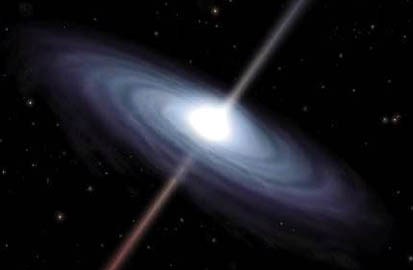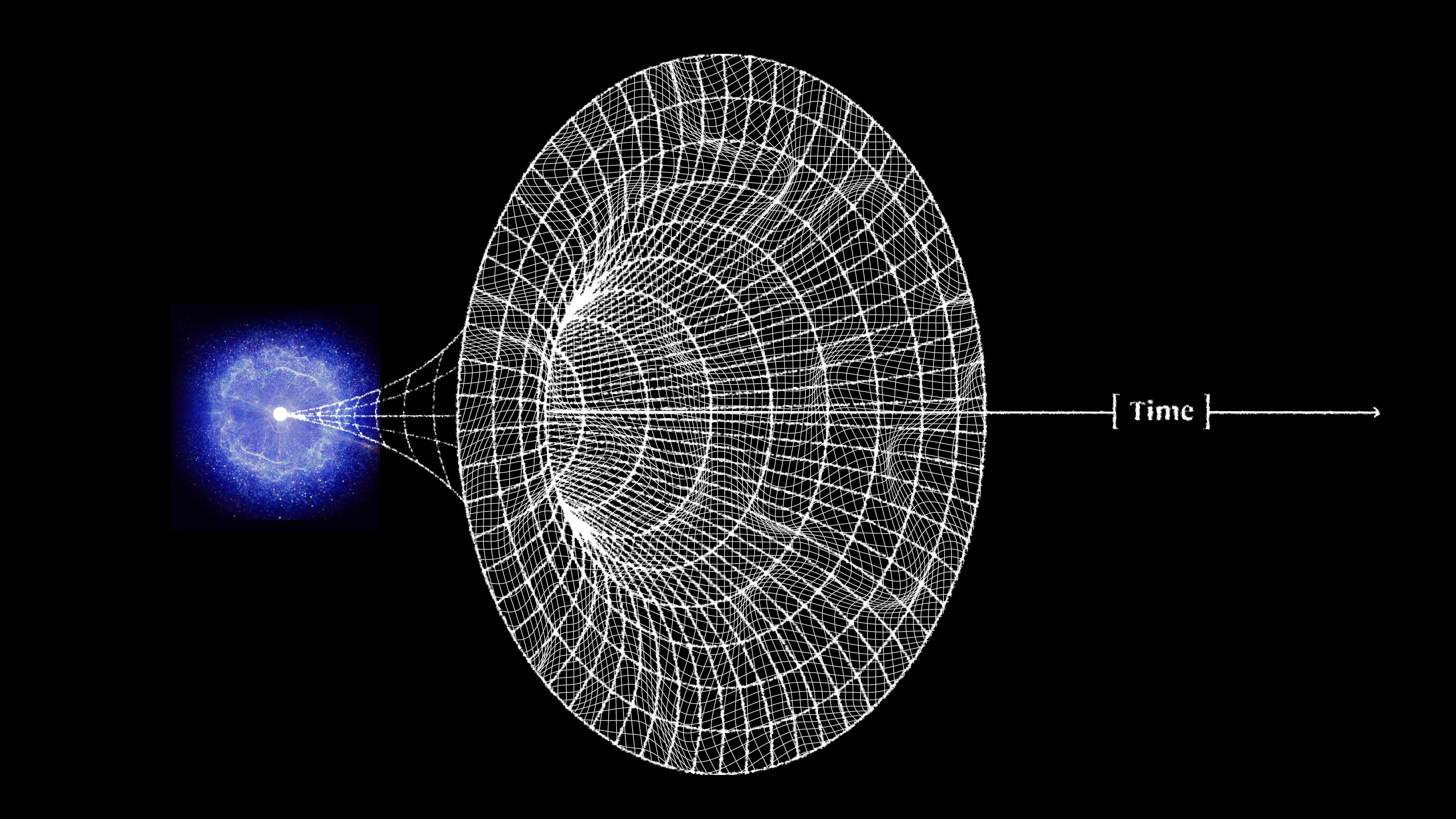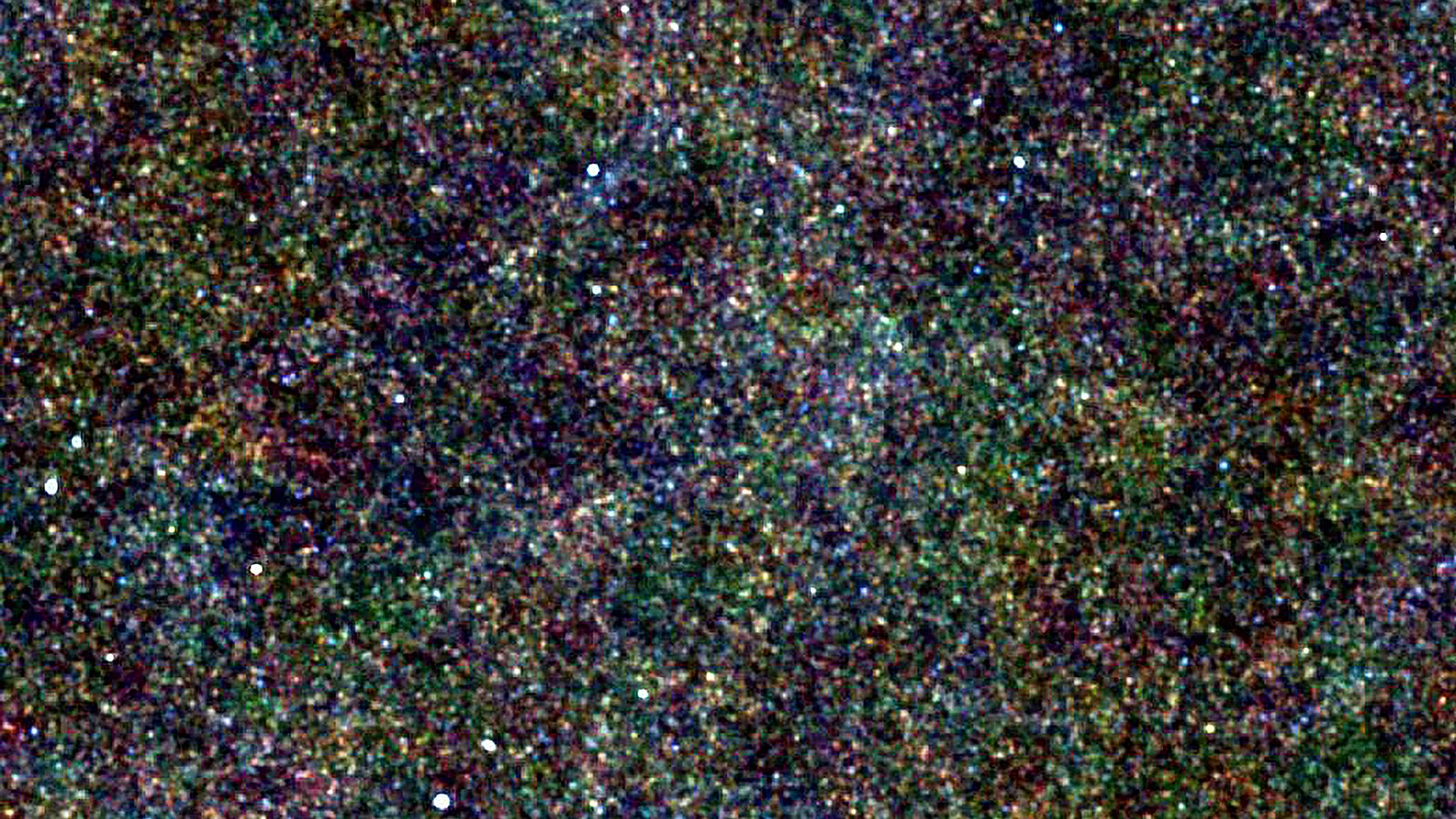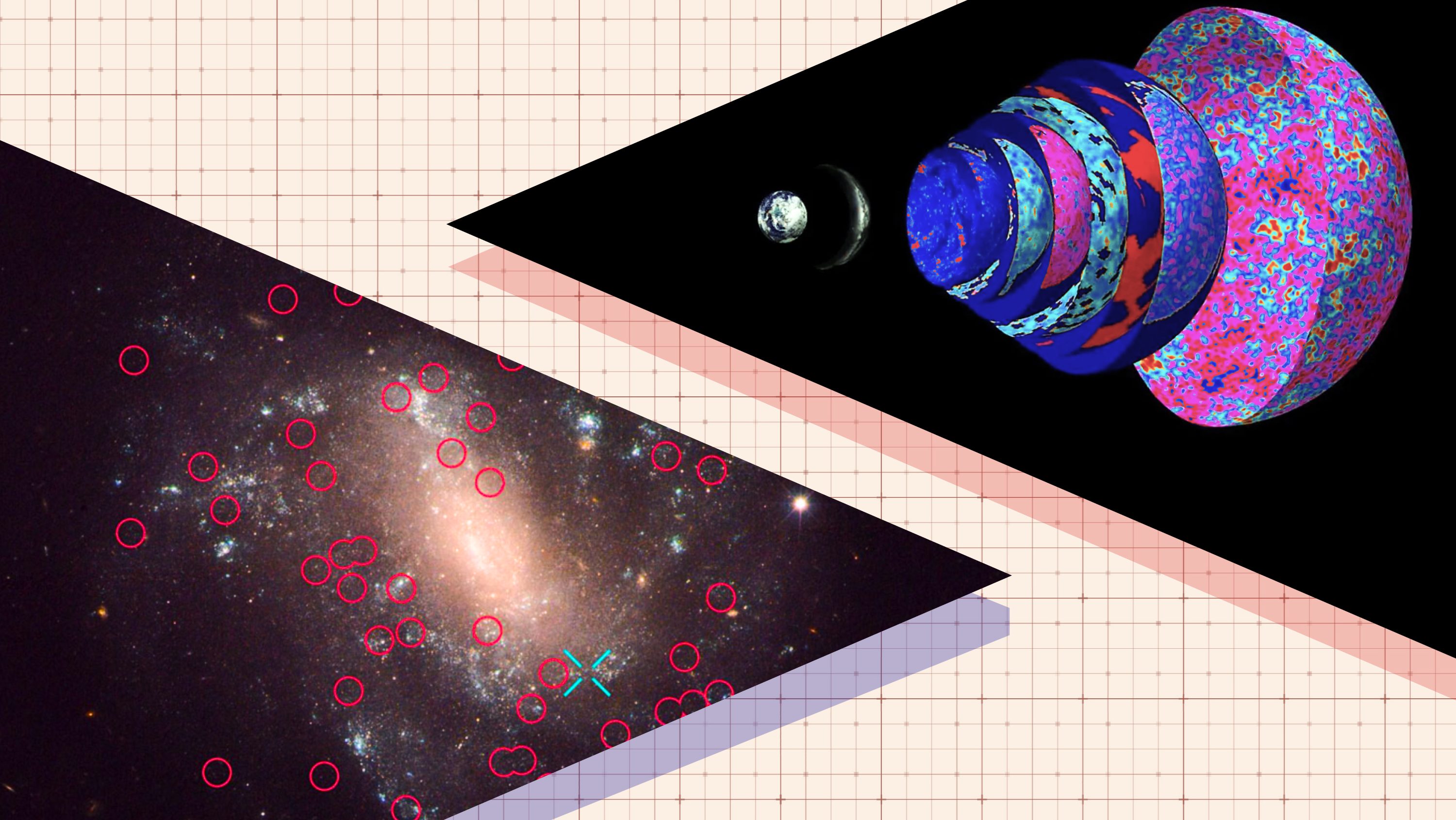Making the Case for Parallel Universes

What’s the Latest Development?
The theory of multiple universes, or the multiverse, has been called unscientific because it cannot be tested but comologist Alexander Vilenkin thinks otherwise. He explains why the theory is good science and how it can be tested: “A collision of our expanding bubble with another bubble in the multiverse would produce an imprint in the cosmic background radiation—a round spot of higher or lower radiation intensity. A detection of such a spot with the predicted intensity profile would provide direct evidence for the existence of other bubble universes.”
What’s the Big Idea?
The theory of inflation explains the expanion of space from a singular point which all the matter in the universe now occupies. An extension of that theory provides for the existance of multiple universes: “In our cosmic neighborhood, inflation ended 13.7 billion years ago, but it still continues in remote parts of the universe, and other ‘normal’ regions like ours are constantly being formed. … This never-ending process is called eternal inflation. We live in one of the bubbles and can observe only a small part of it.”





